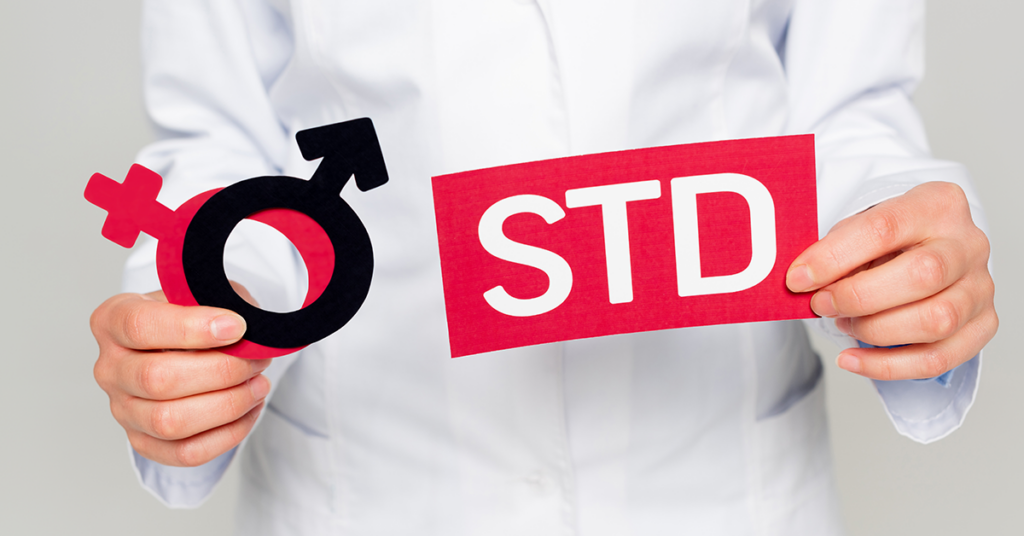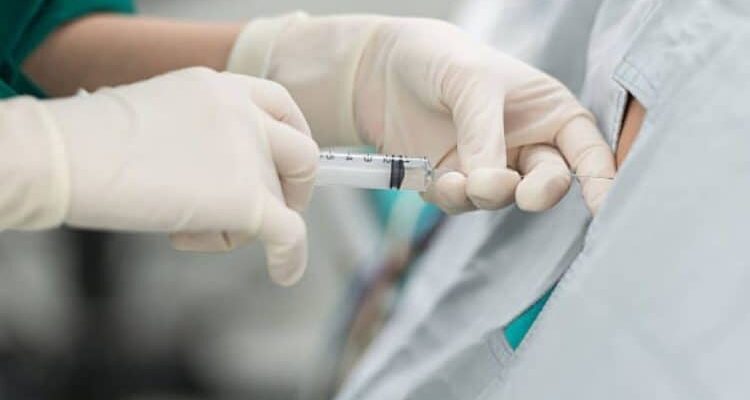According to the American Social Health Organization, each year one out of four teens in the United States develops a STD. Half of all active young adults get an STD by the age of 25 years. The Top 10 STDs that are mostly seen are as follows:
- Genital shingles (Herpes Simplex)
- Human papillomavirus (Genital warts)
- Hepatitis B
- Chlamydia
- Chancroid (Syphilis)
- Clap (Gonorrhea)
- Human immunodeficiency virus/Acquired immunodeficiency syndrome (HIV/AIDS)
- Trichomoniasis (Trich)
- Bacterial vaginosis
- Pubic lice
How do Top 10 STDs generally spread?
- These transmitted diseases are usually spread by sexual route: vaginal, mouth, or anal.
- Some can spread through blood or blood products (including chlamydia, gonorrhea, chancroid, human immunodeficiency virus [HIV], herpes, human papillomavirus [HPV], and Hepatitis B virus [HBV]).
- It can be passed from a mother to her child during pregnancy and childbirth.
Who can get this Top 10 STDs?
Those who usually catch an STD are:
- Those who change partners frequently
- Those who do not use condoms
- Men having sex with men (they have a higher incidence of STDs)
If you have a previously successful treatment for an STD, still you may catch the infection again.
What are the four curable STDs?
Chlamydia, gonorrhea, trichomoniasis, and syphilis are the four most common STDs. However, according to new global estimates, each day there are more than one million new cases of these transmitted infections. The worrying thing is although we have never known more about how to prevent these infections, rates of infection remain very high worldwide. The good news is that these four infections are curable.
STDs, such as human immunodeficiency virus (HIV), cannot be cured and are deadly. You can find out ways to protect yourself from the following STDs by learning more about these diseases.
What can you do to stay safe?
- Use condoms and use them correctly
- Access reliable health education sources
- Seek timely testing and treatment if you are at risk
- Remember that most STDs have no symptoms
- Use condoms with a new partner
- Get tested for STDs between partners and after unprotected intercourse if you feel you may be at risk of having been infected or re-infected
- Talk about the potential risk of acquiring STDs with your partner
- Make informed choices about the level of risk you are comfortable talking about
- If you are pregnant and are at risk of STDs, it is important to get tested and treated before your baby is born.
- Reinfection is common even after successful treatment.
- Make sure your partners get treated to prevent reinfection
Sometimes, you are often unaware that you may have an STD; therefore, using a condom is important. When used correctly, condoms offer one of the most effective methods of protection against STDs, including the human immunodeficiency virus (HIV). Female condoms are also effective and safe.







